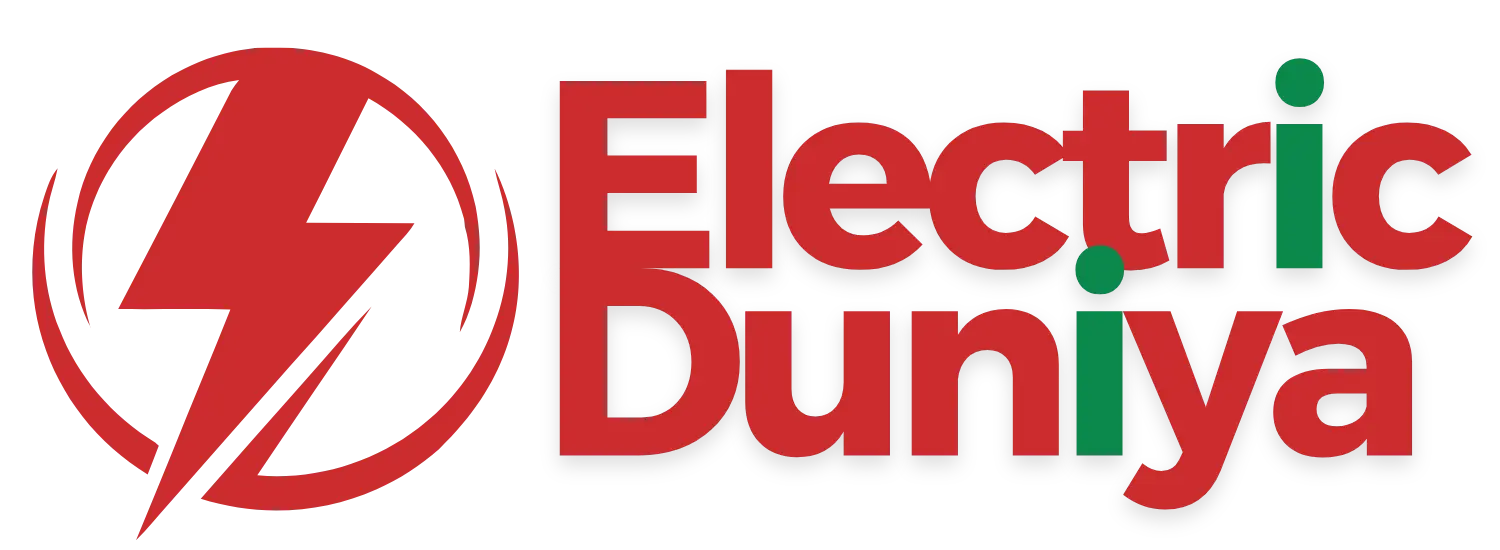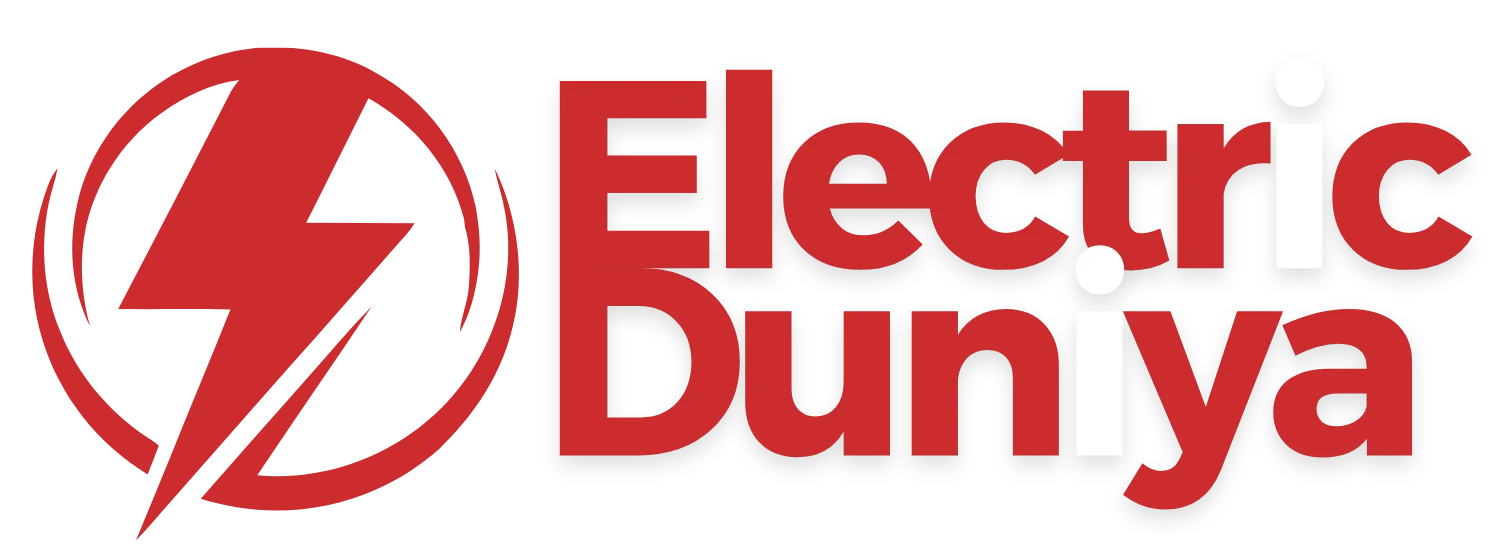Electric Vehicle Supply Equipment (EVSE)
Electric Vehicle Supply Equipment (EVSE) refers to the infrastructure and hardware used to deliver electrical energy from the power grid to electric vehicles (EVs). It includes the charging station, connectors, control systems, and safety mechanisms required for effective and secure vehicle charging.
Overview
Electric Vehicle Supply Equipment (EVSE) is a foundational component in the electric mobility ecosystem. It enables the safe transfer of electricity to EV batteries and acts as the crucial interface between the utility grid and the vehicle. As EV adoption accelerates globally, the availability, performance, and intelligence of EVSE systems are becoming key enablers of large-scale electrification.
Contrary to the common assumption that EVSEs are just “chargers,” the actual charging hardware—the onboard charger—resides within the vehicle. EVSEs function as the power delivery and communication bridge, regulating current flow, managing voltage, and ensuring user and grid safety. Whether in homes, public spaces, commercial depots, or highway corridors, EVSE solutions play a pivotal role in how efficiently, reliably, and affordably electric vehicles are powered.
How Does It Work?
EVSE operates as a smart intermediary between the power source and the EV. Its main function is to safely deliver electrical energy while maintaining continuous communication with the vehicle’s battery management system (BMS). Here’s how the process unfolds:
-
Power Connection: The EVSE draws electricity from an AC (Alternating Current) or DC (Direct Current) power source—ranging from a household outlet to a high-capacity commercial grid.
-
Control Signaling: Once connected, the EVSE initiates a digital handshake with the vehicle to confirm compatibility, battery state, and charging parameters. This is typically handled via control protocols such as IEC 61851 or SAE J1772.
-
Current Flow Regulation: Based on vehicle input and system conditions, the EVSE modulates the current and voltage levels, ensuring optimal charge rates while preventing overheating or overcharging.
-
Safety Monitoring: Throughout the charging session, the EVSE monitors for faults, surges, grounding issues, or disconnections. Many units also integrate GFCI (Ground Fault Circuit Interrupter) protection and thermal shutoffs.
In DC fast-charging setups, the EVSE itself contains the power conversion equipment, bypassing the onboard charger to supply high-voltage DC directly to the battery—drastically reducing charge times.
Features of Electric Vehicle Supply Equipment (EVSE)
-
Charging Level Differentiation
EVSEs are categorized into levels based on power output and charging speed:
-
Level 1 (120V AC): Basic home charging using a standard wall outlet; ideal for overnight use.
-
Level 2 (208–240V AC): Faster residential and commercial charging; supports full charges within 4–10 hours.
-
Level 3 / DC Fast Charging (400V+ DC): High-speed charging in 20–60 minutes, typically used in public stations or long-distance routes.
-
-
Smart Charging Capabilities
Modern EVSE units support intelligent features such as load balancing, scheduled charging, demand response, and remote monitoring via apps or fleet management software. These capabilities enhance grid stability and reduce operational costs.
-
Universal Connector Compatibility
EVSE hardware includes various connector types to support regional standards:
-
Type 1 (SAE J1772) – Common in North America.
-
Type 2 (Mennekes) – Standard in Europe.
-
CHAdeMO, CCS, and NACS – Fast-charging connectors depending on vehicle manufacturer and region.
-
-
Durability and Safety Standards
EVSE is built to withstand diverse environmental conditions, with weatherproof enclosures, tamper-resistant features, and certifications like UL 2594 or IEC 62196 ensuring compliance with safety norms.
Applications in EV
EVSE systems are deployed across a variety of environments to serve different charging needs and user profiles:
-
Home Charging: Wall-mounted Level 2 EVSE units like the Tesla Wall Connector or ChargePoint Home Flex provide daily convenience for residential users, supporting faster and cost-effective overnight charging.
-
Public Charging Networks: Companies like Electrify America, EVgo, and Ionity deploy fast-charging stations equipped with high-capacity DC EVSE to enable long-distance travel and rapid top-ups at retail or highway locations.
-
Fleet & Commercial Charging: Logistics hubs, ride-share operators, and corporate fleets install scalable EVSE infrastructure that integrates with telematics and fleet management tools for charging optimization, load sharing, and cost tracking.
-
Urban Infrastructure: Municipalities and real estate developers are incorporating curbside or multi-unit dwelling EVSE installations to future-proof urban transportation and support equitable access to clean mobility.
Conclusion
Electric Vehicle Supply Equipment (EVSE) is a cornerstone of the EV revolution. As electric vehicles become mainstream, the need for reliable, scalable, and intelligent charging infrastructure grows in parallel. EVSE not only ensures safe and efficient energy delivery but also enables smarter energy use, grid resilience, and seamless user experiences. In advancing the global shift toward decarbonized transport, EVSE stands as both a technical necessity and a strategic asset—bridging power systems with electric mobility in an increasingly connected world.

